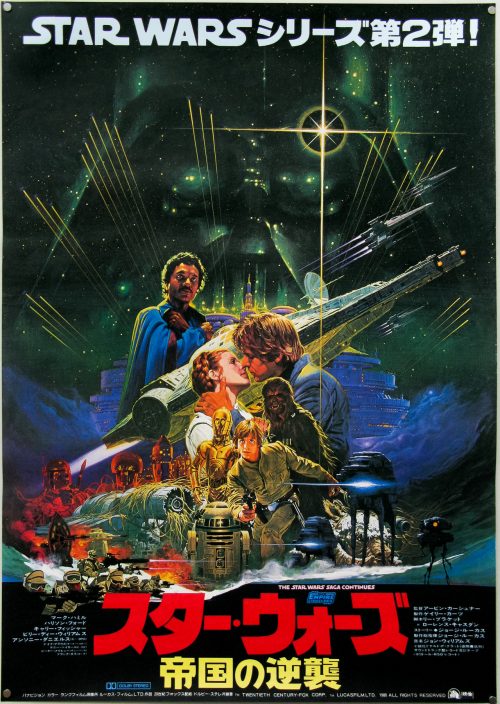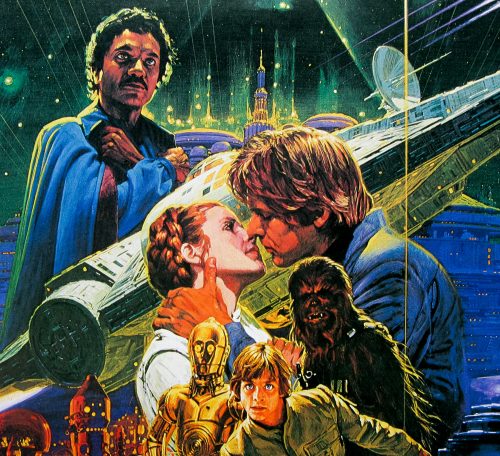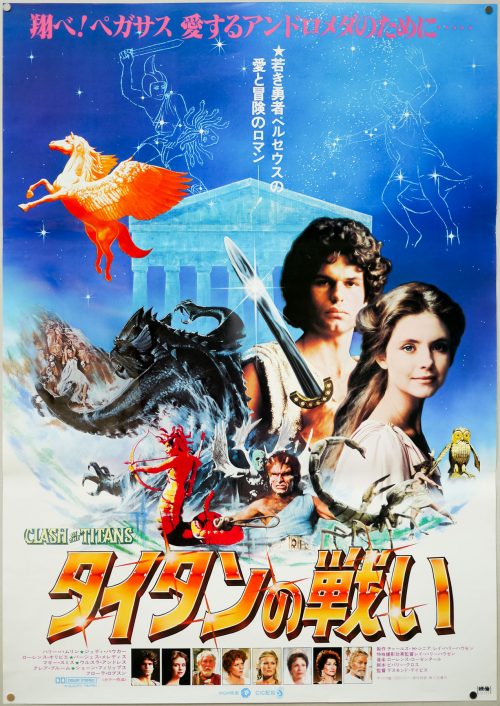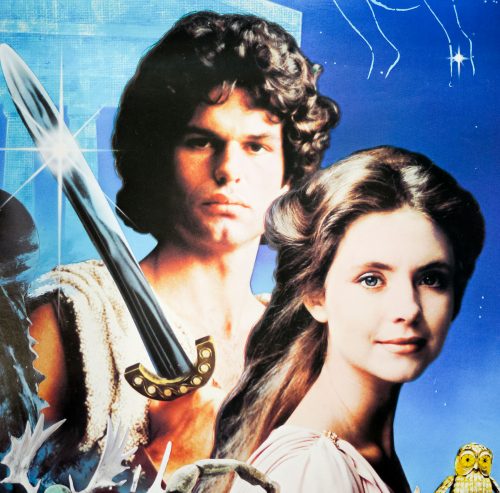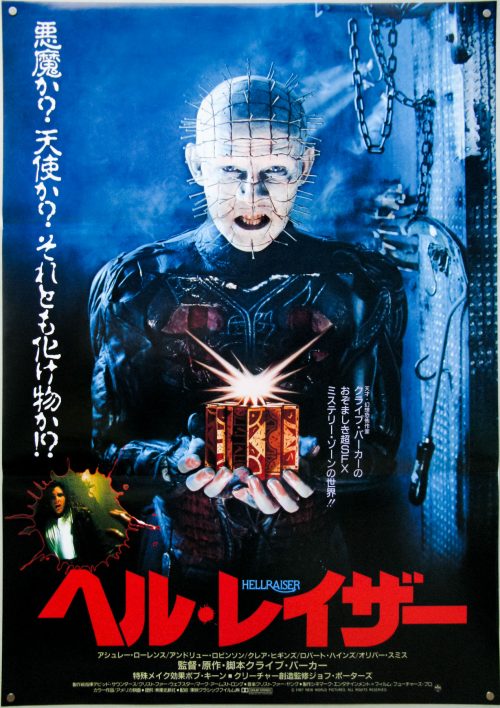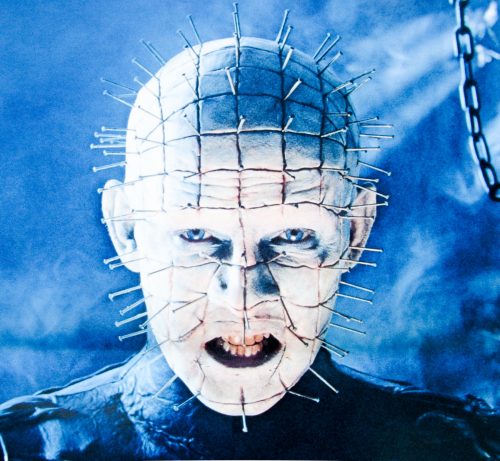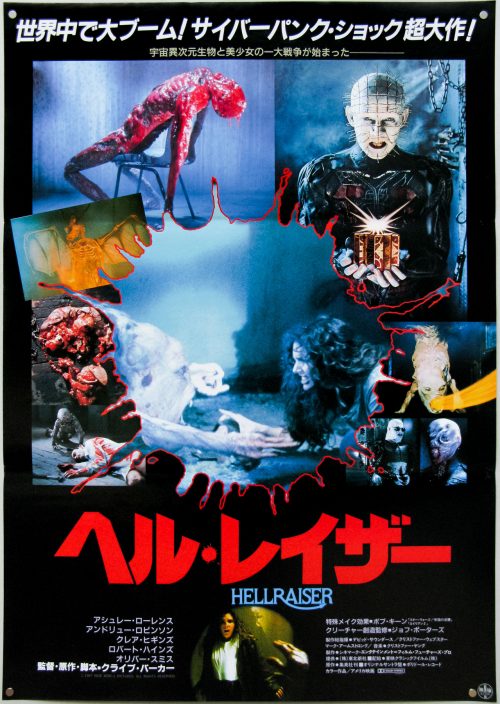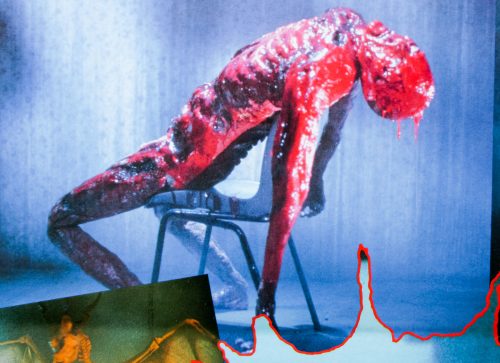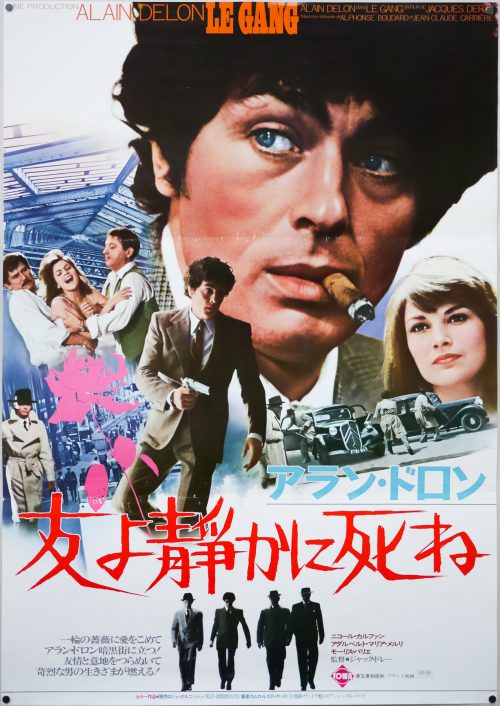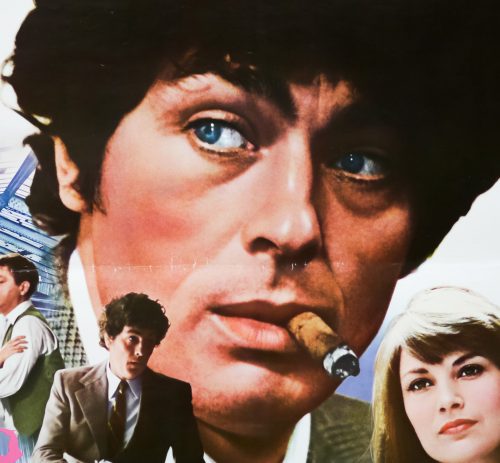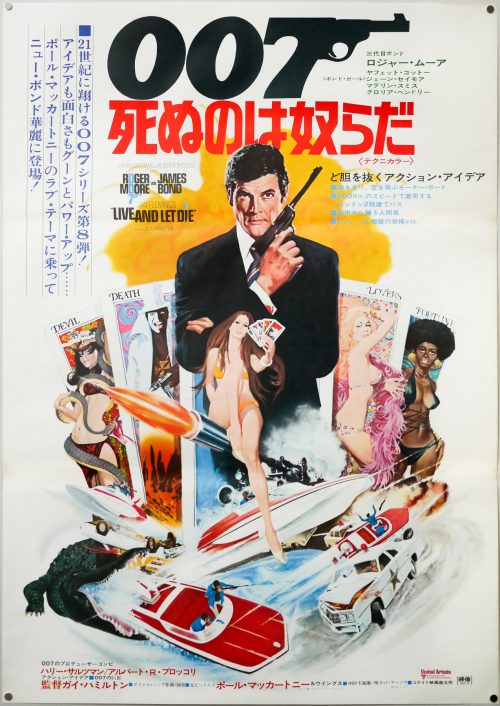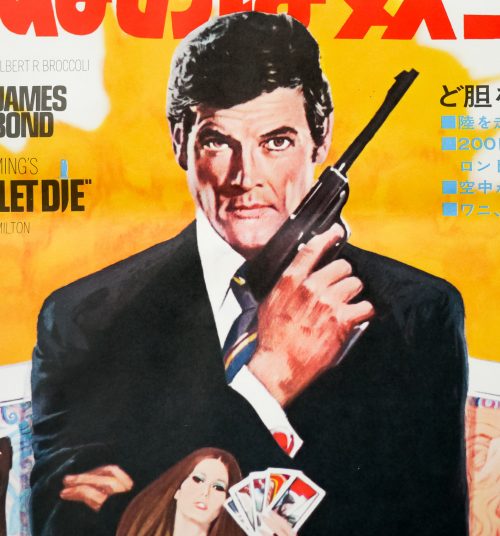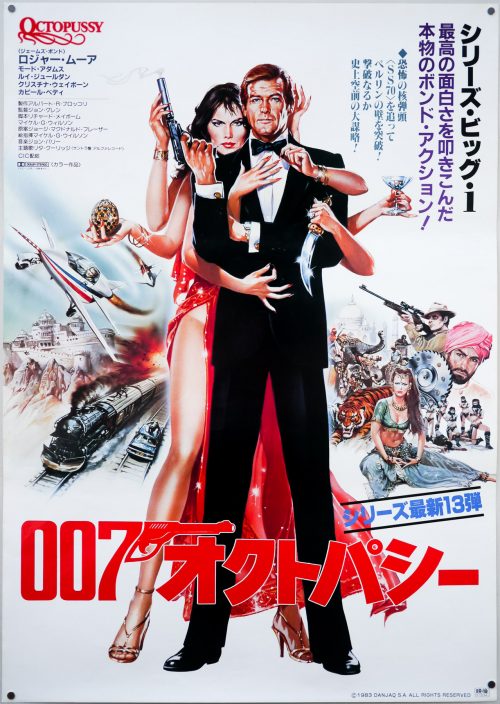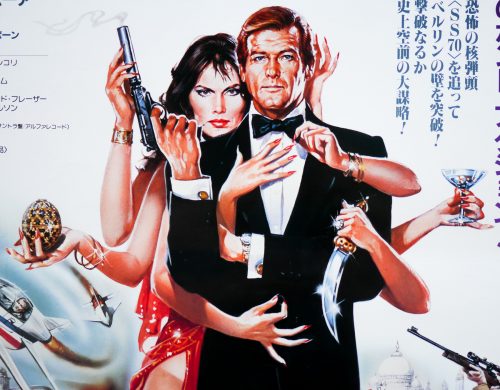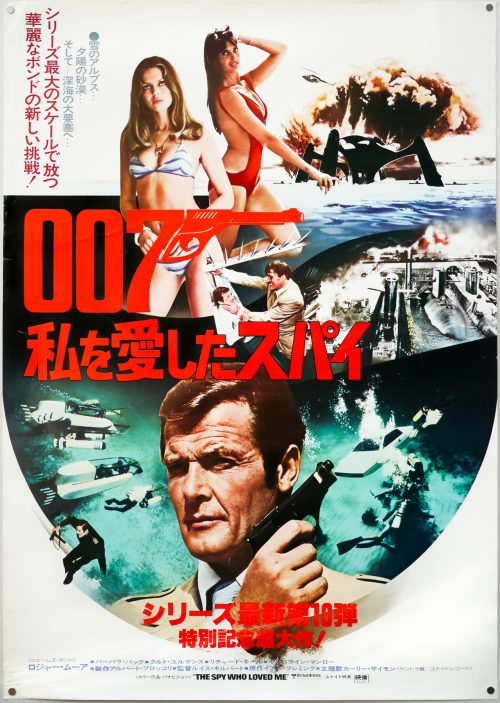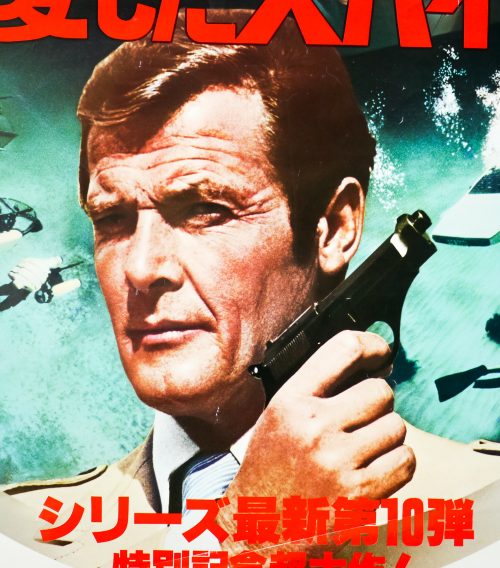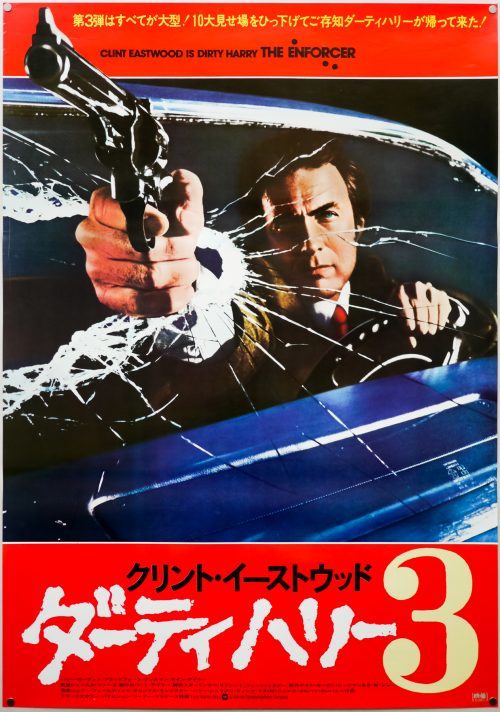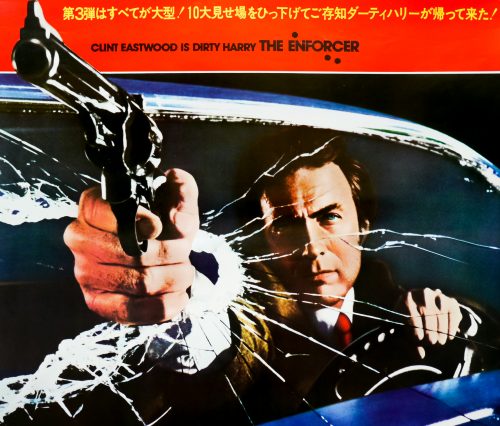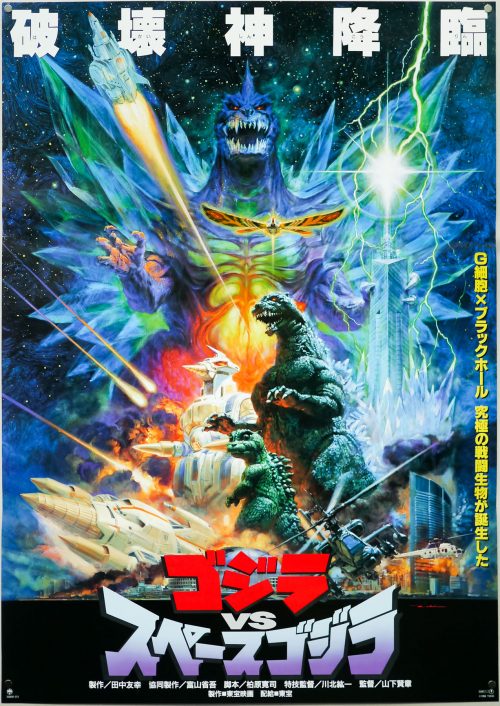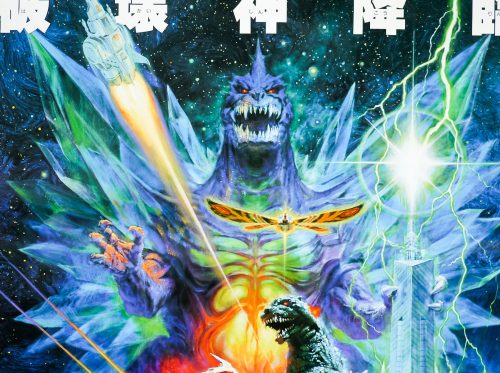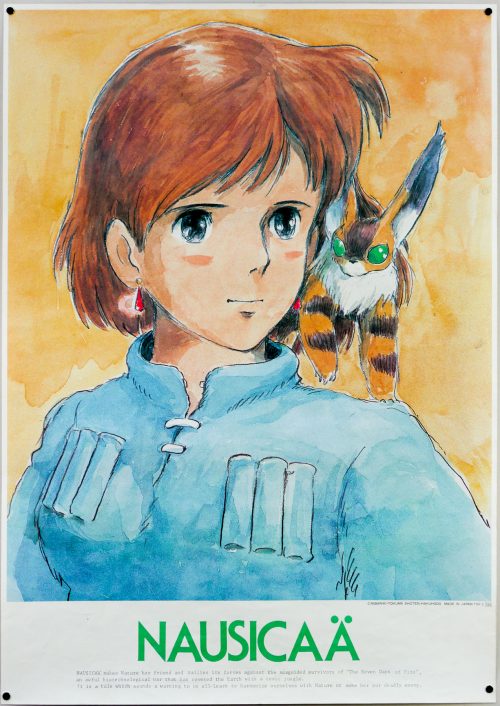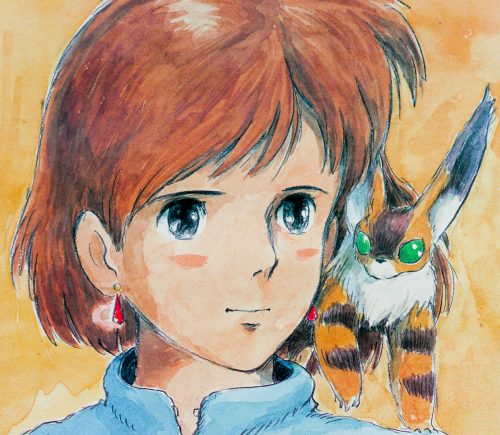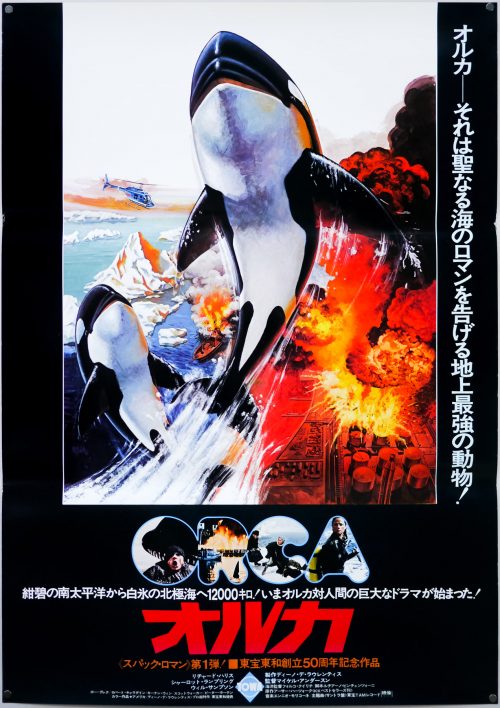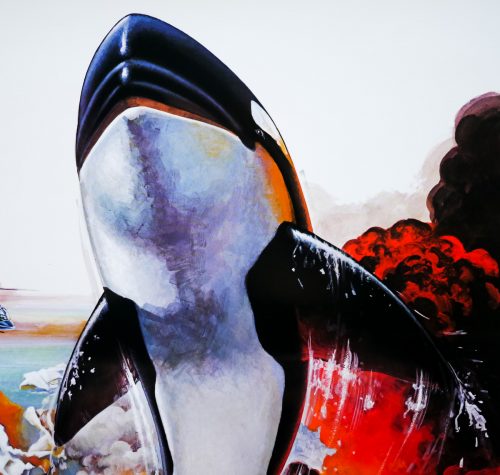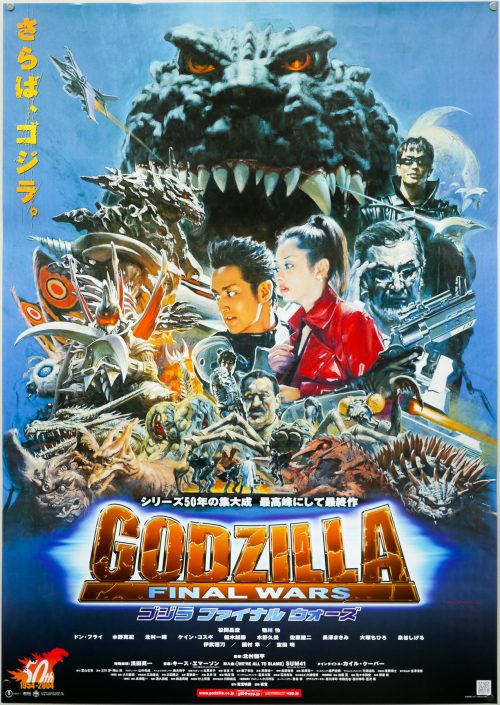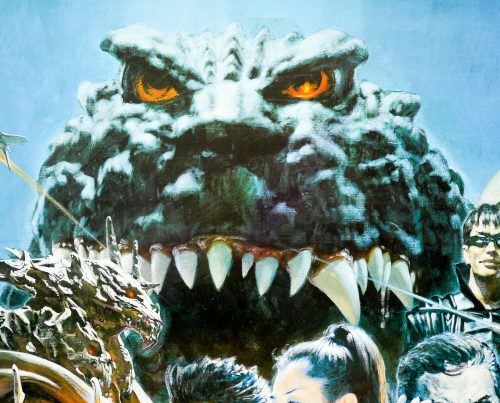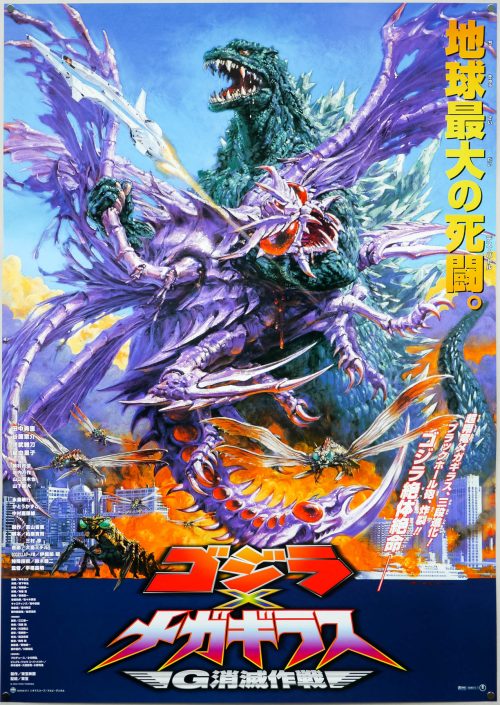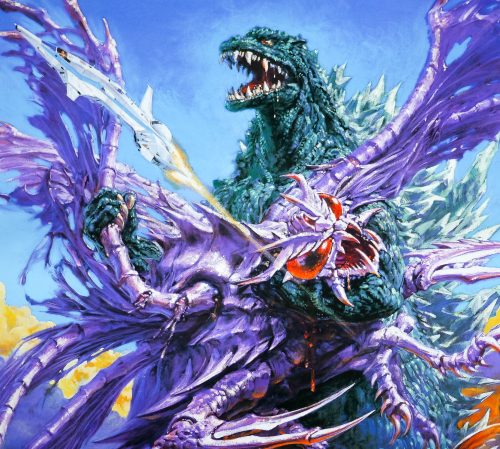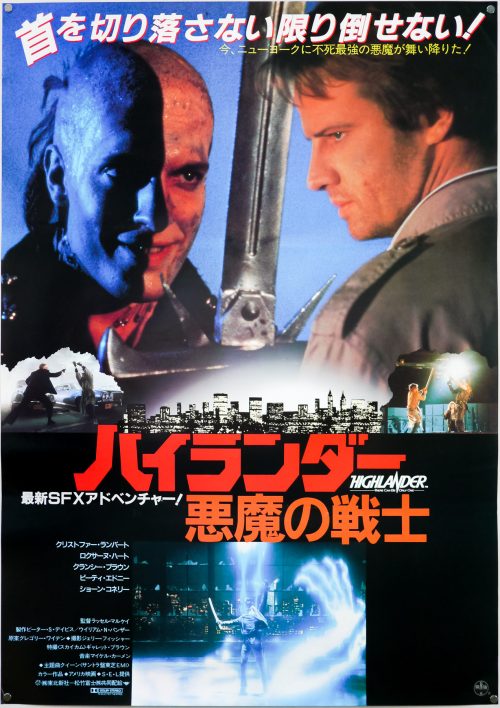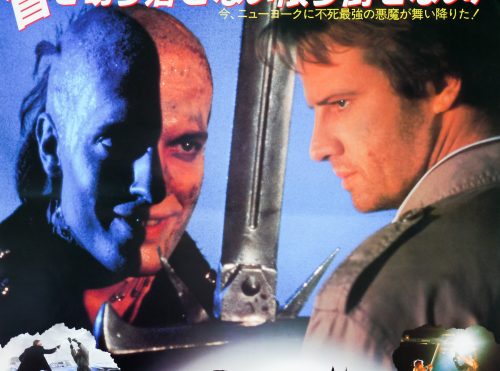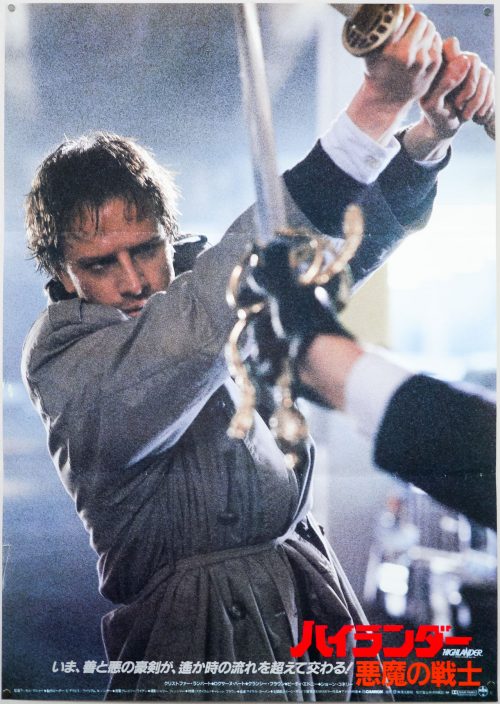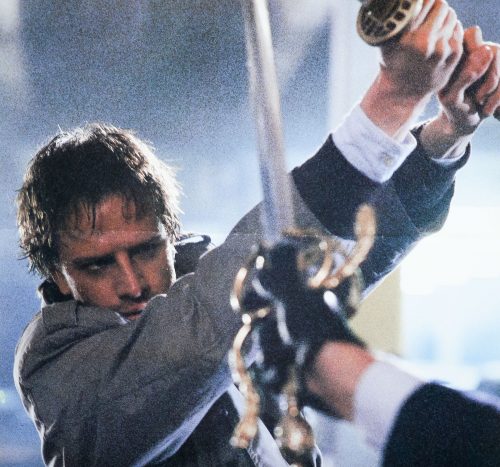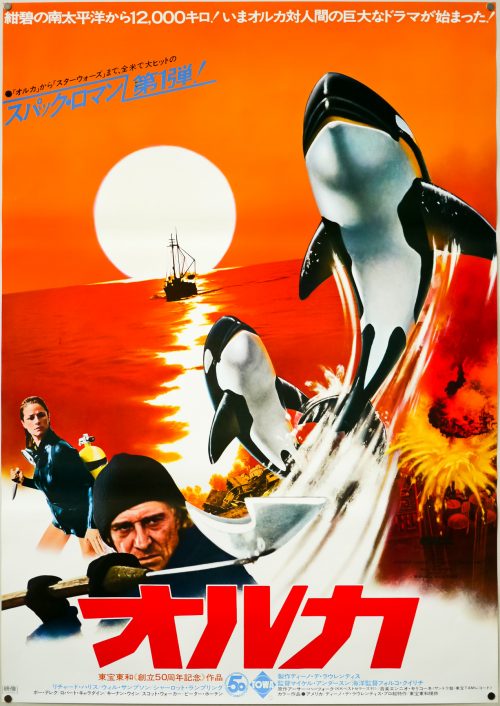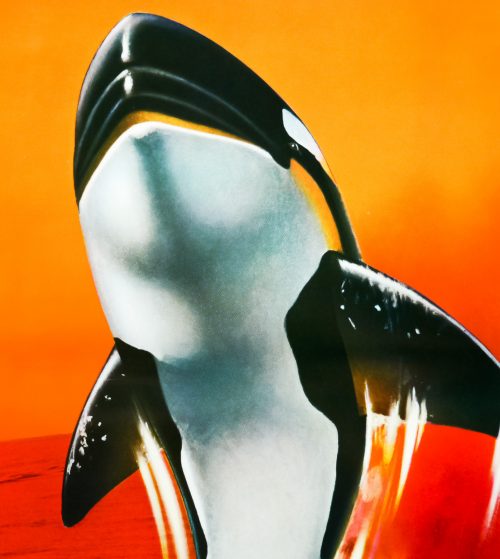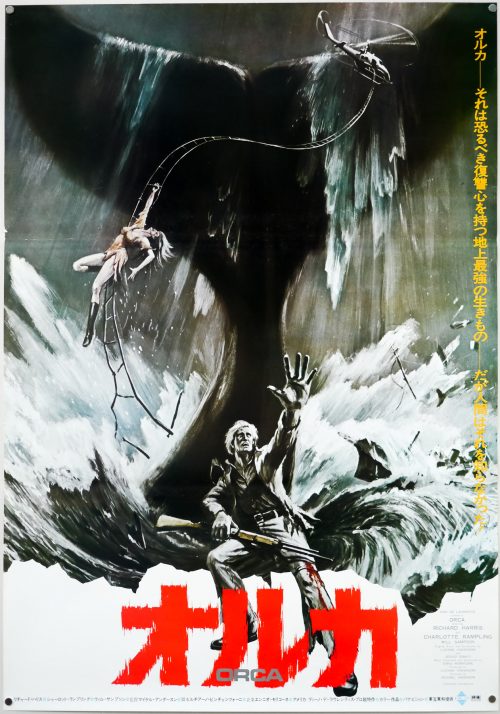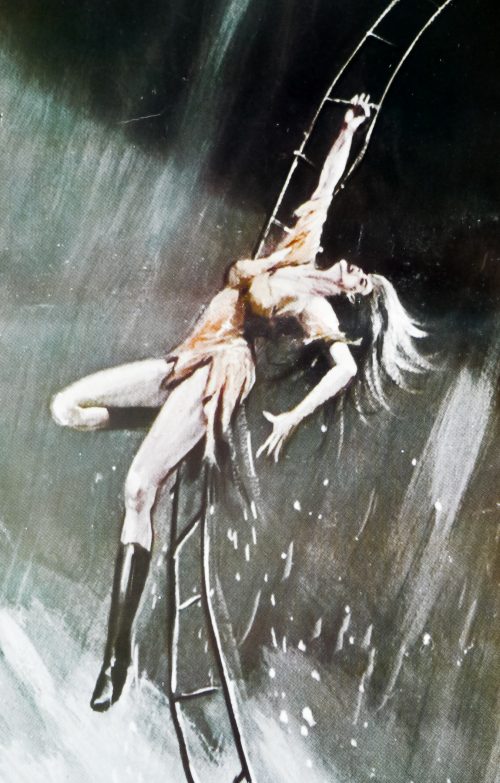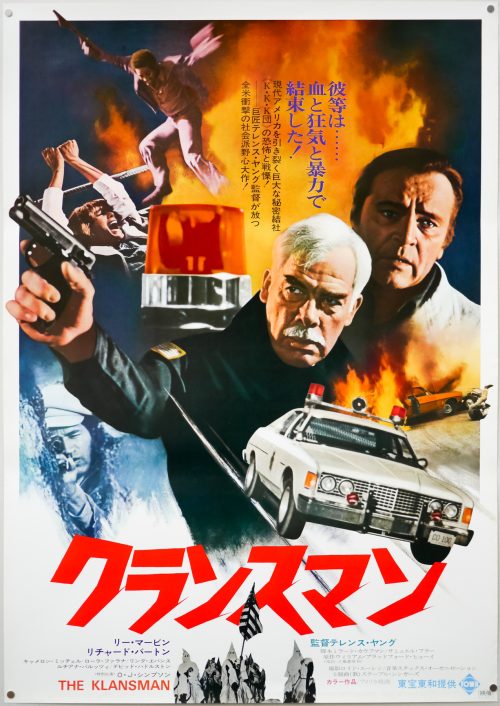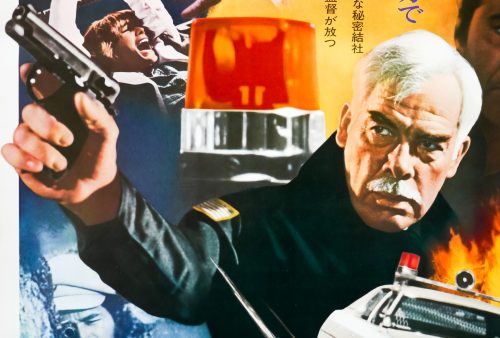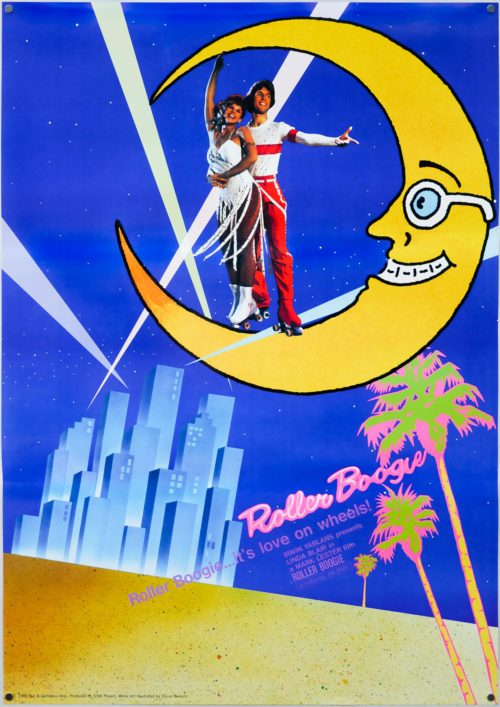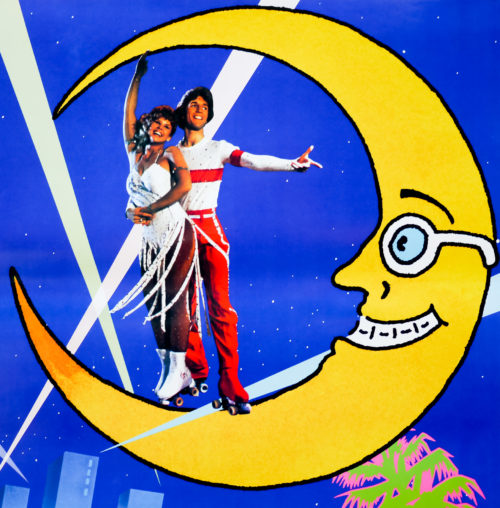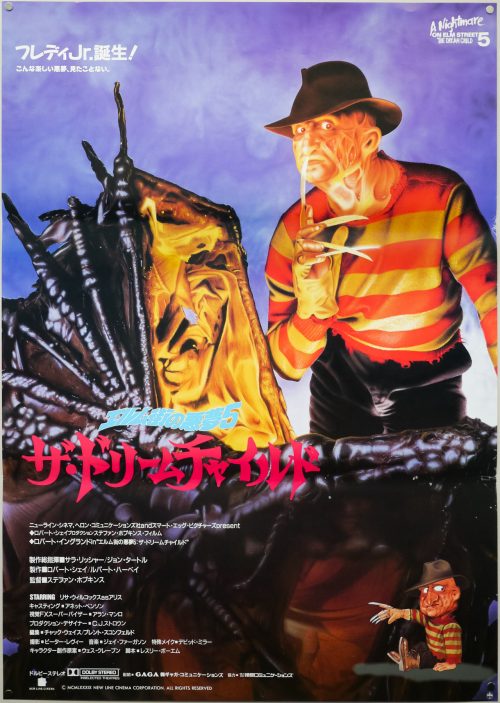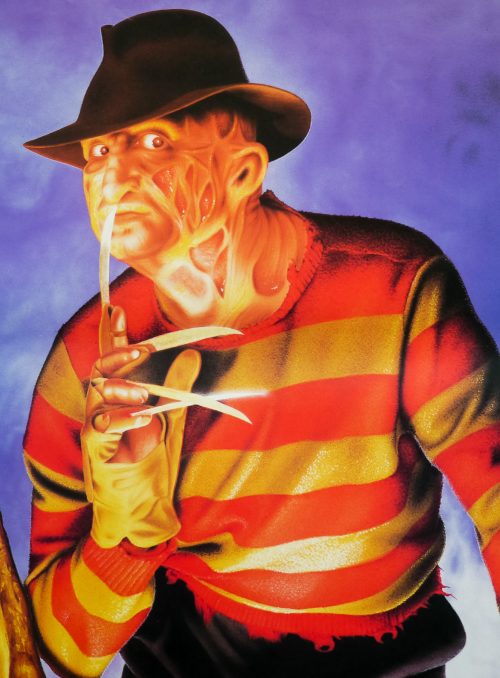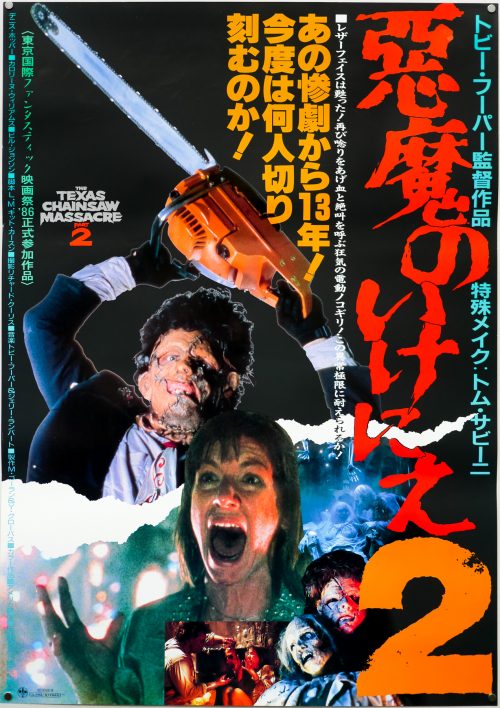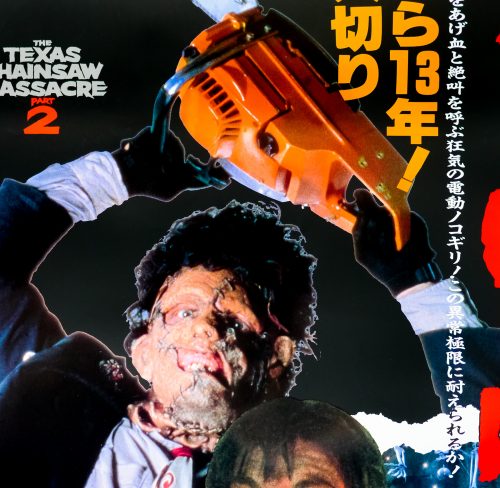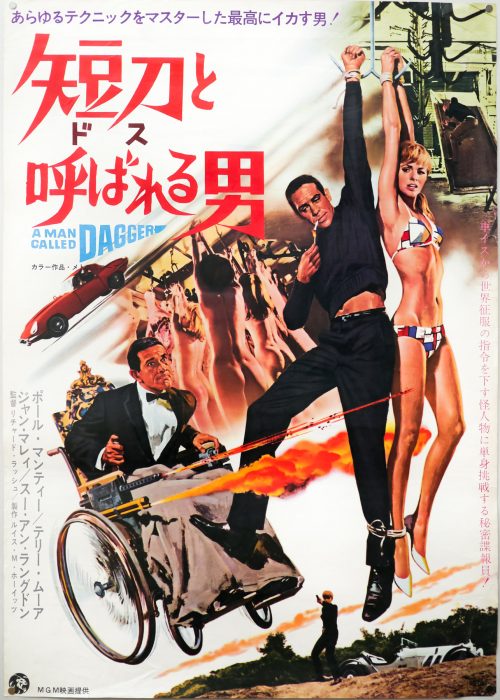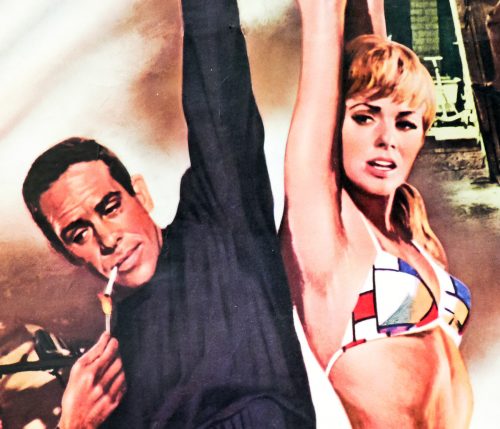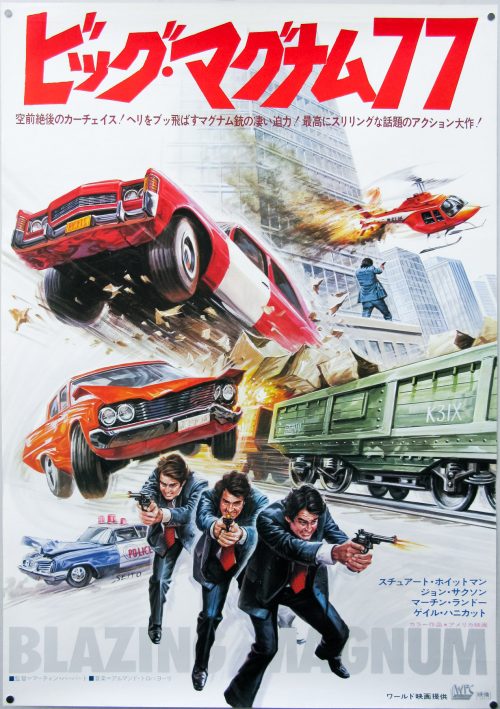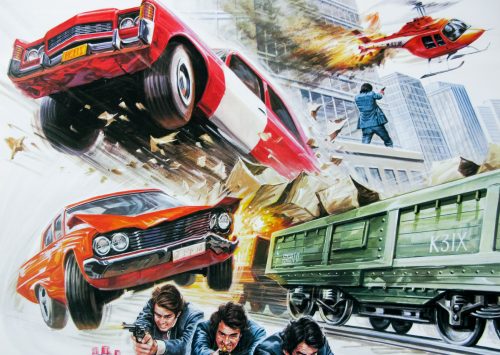- Title
- Octopussy
- AKA
- --
- Year of Film
- 1983
- Director
- John Glen
- Starring
- Roger Moore, Maud Adams, Louis Jourdan, Kristina Wayborn, Kabir Bedi, Steven Berkoff, David Meyer, Tony Meyer, Desmond Llewelyn, Robert Brown, Lois Maxwell, Michaela Clavell, Walter Gotell, Vijay Amritraj, Albert Moses
- Origin of Film
- USA
- Genre(s) of Film
- Roger Moore, Maud Adams, Louis Jourdan, Kristina Wayborn, Kabir Bedi, Steven Berkoff, David Meyer, Tony Meyer, Desmond Llewelyn, Robert Brown, Lois Maxwell, Michaela Clavell, Walter Gotell, Vijay Amritraj, Albert Moses,
- Type of Poster
- B2
- Style of Poster
- Final style
- Origin of Poster
- Japan
- Year of Poster
- 1983
- Designer
- Unknown
- Artist
- Renato Casaro
- Size (inches)
- 20 6/16" x 28 13/16"
- SS or DS
- SS
- Tagline
- --
This is the Japanese B2 for Roger Moore‘s sixth outing as the legendary spy, 1983’s Octopussy. Considered by many to be one of the weaker entries in the long-running series, the film nevertheless continued the more ‘realistic’ and down to earth approach that was taken for the previous entry, For Your Eyes Only (1981), following the over-the-top lunacy of Moonraker (1979). The story sees Bond sent to investigate the death of his fellow agent ’009′ who perishes in front of the British embassy in East Berlin clutching a copy of a priceless Fabergé egg. When the trail leads to an auction house in London where the real egg is to be sold, Bond enters a bidding war with the mysterious Afghan prince Kamal Khan (Louis Jourdan), forcing him to spend several times its listing price.
After following Khan back to his palace in Rajasthan, India, the spy eventually ends up in the clutches of Khan’s bodyguard Gobinda (an imposing Kabir Bedi) and, after escaping, discovers that the prince is working with a power-hungry Soviet general named Orlov (Steven Berkoff) who plans to detonate a nuclear bomb in a US Air Force base in Germany in order to destabilise Europe and expand Soviet borders. Bond heads to a palace on an Indian lake on the trail of Octopussy (Maud Adams), the enigmatic leader of an all-female cult and head of a travelling circus troupe that Khan and Orlov plan to use to smuggle the weapon into the base. Bond must convince Octopussy that Khan is only using her for his nefarious plot and sets out to prevent the bomb from detonating before Europe is plunged into chaos.
This B2 was fully illustrated by Renato Casaro, an Italian artist with a prolific output, who actually re-painted the central two figures that American artist Dan Goozee had originally illustrated for the US one sheet. Whilst on the UK quad Casaro had painted a montage that was used to surround Goozee’s figures, here he was asked to repaint the whole thing to fit a portrait format.
I interviewed the artist in March 2014 and he mentioned this poster:
—–
[…]Every poster painted by you was from your original design?
Almost every single one I worked on. Very occasionally I would adapt some posters for American films from the artwork that had been used over there. For example, for the British poster for Octopussy I painted an action montage around the central figures that had already been painted by the American artist Dan Goozee. When they wanted the same montage for the Japanese poster it was in a portrait format so I was able to repaint the figures myself and then adapt my original action montage around them. That was a very unusual case though and if it were an Italian production I would always retain complete creative control.
————-
Renato Casaro began his career in 1953, aged 19, at the famous Studio Favalli in Rome, which was part of the legendary Cinecittà studios and handled film publicity for many Italian productions. Casaro soon decided to become a freelance artist and went on to design and paint posters for many of the biggest directors in the world. His skill at accurately portraying actors and his brilliant use of colour and composition saw him much in demand from studios and actors alike. His artwork has featured on many German posters as well as others from countries including Japan, UK, North America as well as in his native Italy.
Check out the incredible amount of work on his official website here, which also features a biography of the artist. The other posters I’ve collected by Casaro can be seen by clicking here.
